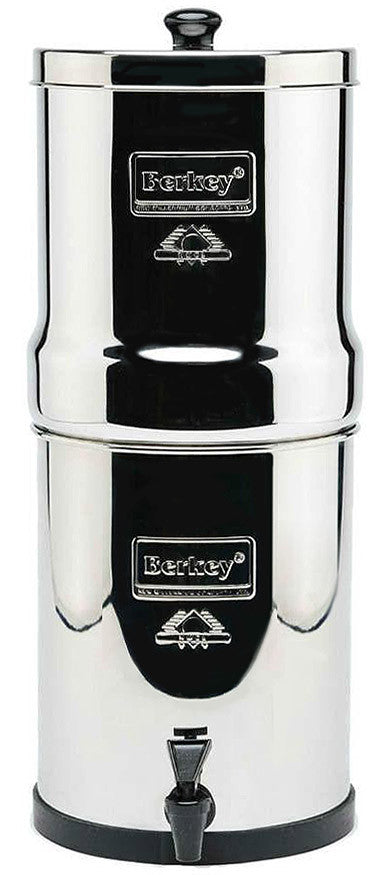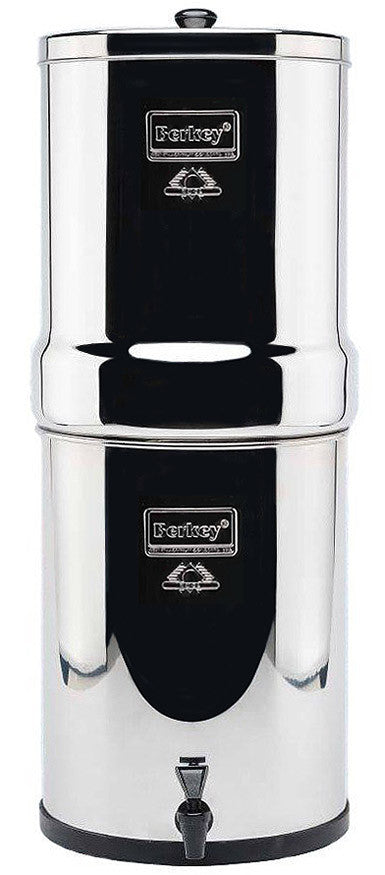
As we thought and what we are aware of, salts and sodium are the same, but chemically, both are different substances. Though sodium can be found in salt, it doesn’t mean salt is sodium or sodium is salt.
Somewhat related to chemistry. However, there is a big difference between the two elements.
Sodium is a chemical element that is very reactive, especially when combined with water, causing ignition; thus, it must be stored in a place where no moisture can be found. Different in nature, though, both can be essential to life.
Where Can Salts and Sodium be Found and How It Helps Our Daily Lives
Salts and sodium are almost the same substances used at home and in specific industries, such as hospital settings, mining, and paper and textile manufacturing.
Both are natural water elements in seawater, springs, lakes, waterfalls, and oceans.
It is already present in any form of water; therefore, salts and sodium in drinking water can also be found. Straight from the springs, lakes, and dams, water goes through the water sanitation treatment.
With poorly operating systems, though the water was filtered and chlorinated (chlorine is also derived from salts and sodium), salts and sodium were partially removed.

Salt and sodium have many uses. As we all know, salt can be used anywhere, at home, or in specific industries, such as agriculture, paper making, industrial chemicals, etc.
Salt adds a delightful taste to food; however, pure sodium can never be added. It will have a different taste and a different reaction.
Caustic soda is also made from salt and chlorine. In papermaking and textiles, caustic soda processes wood fibers, while chlorine bleaches the pulp.
In agricultural settings, though, like humans, salt is also a nutritional element for livestock to keep them healthy and disease-free.
Sodium is also used in mining, water treatment, paper making, textile manufacturing, and, most notably, in the hospital and pharmaceutical industries. Many medications and intravenous solutions were derived from sodium.
Also, sodium makes titanium, sodium hydride, sodium peroxide, sodium amide, and sodium cyanide. Sodium peroxide is used to bleach wood fiber to make paper and textiles, and when mixed with water, produces sodium hydroxide that is used to make sodium salts and detergents, synthesize organic matters, and also aids in regulating the acidity and alkalinity of water.
With correct dosing and a water mixture, sodium peroxide produces hydrogen peroxide. Hydrogen peroxide is also an oxidizer, bleaching agent, and wound disinfectant.
Sodium also contains sodium amide, usually found in liquid ammonia solutions. It also produces sodium cyanide, used to extract gold and other metals in the mining industry.
How can salt and sodium affect our health?
Balance is essential for functioning effectively in our daily lives. This includes our health and nutrition, which should be balanced at home, work, or leisure, and at specific body changes that can alter our health and affect our surroundings.
Equilibrium should also exist regarding sodium in the body.
Certain diseases can occur when sodium levels decrease or increase.

Little is known about the salts and sodium in drinking water, which are enough to help regulate the body’s daily sodium needs. The ideal sodium level is between 136 and 140 mmol/L.
Though vital, salts and sodium can also be detrimental to health. Specific level changes can lead to certain diseases, namely hypernatremia and hyponatremia.
The increased sodium level in the body is medically called Hypernatremia. It is caused by dehydration or not drinking enough water to dilute the sodium in the body.
Certain medicines and diseases can also cause hypernatremia, which is caused by high levels of aldosterone, an anti-diuretic hormone.
Decreased sodium levels can result from burns, excessive sweating, poor nutrition, or drinking too much water, and are sometimes caused by certain diseases.
To balance the sodium level in our body, we should include our daily diet.
← Older Post Newer Post →





